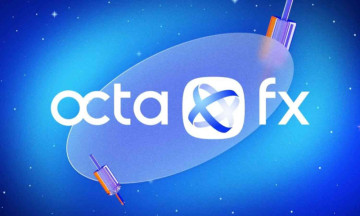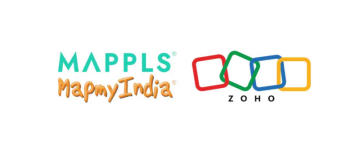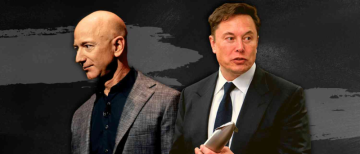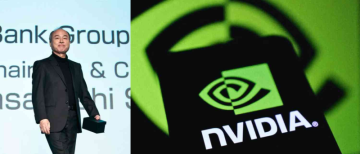The Trade War Moves Online
This isn’t just about handbags or TikTok clout—it’s a shift in global commerce itself. Where once governments dictated trade, now consumers scroll through it, stitching their own understanding of value, cost, and ethics in real time. And while Trump and Xi may be battling it out on paper, in the hearts and feeds of millions of consumers, it’s clear who’s making the louder case.

The Hermès Birkin vs The Chinese Tiktokers
A new battleground has opened in the US-China trade war—and it isn’t fought with tariffs or sanctions, but with TikTok videos, factory tours, and blunt price breakdowns. At the centre of it all? The iconic Hermès Birkin bag. What was once a symbol of elite status and exclusivity has become the unlikely mascot of a digital rebellion, as Chinese manufacturers—and others claiming to be—take to TikTok to expose what they say is the “true cost” of luxury. One viral creator, going by SenWang, took apart a $US38,000 Hermès Birkin bag piece by piece, naming each supplier involved—from the leather to the thread, handles, and zip—and claimed the bag could be made for just $US1,000. TikTok eventually removed his posts, but not before they were watched by millions. He returned shortly after with a new account, declaring this was only the beginning of a movement.
“I’ve got support from all over the world,” he said. “We’re not afraid of hard work. China doesn’t rise by scamming others—we rise by developing honestly, side by side with the rest of the world.” And just like that, a luxury handbag became a front-line symbol of a deeper global shift: not just a dispute over trade, but a direct-to-consumer battle for hearts, wallets, and perception.

From Factory Floor to TikTok Fame
With American tariffs squeezing Chinese exports and consumer sentiment souring, many manufacturers are bypassing Western retailers altogether and speaking directly to shoppers—via China’s most powerful soft-power tool: TikTok. Videos are popping up daily, showing so-called factory owners explaining how luxury goods are made and what they really cost to produce. Some name-drop suppliers for brands like Lululemon, Louis Vuitton, or Gucci. Others ship directly to viewers, offering “dupes” or near-identical items for a fraction of the high-street price.
American users, too, are joining in. Bethenny Frankel, a former Real Housewives of New York star, amassed a million views in a day with her video on luxury mark-ups. “This is a luxe goods revolution,” she declared. Once TikTok’s algorithm gets wind of your interest, your feed quickly fills with factory tours, cheap alternatives, and tutorials showing how to trace product tags back to Chinese suppliers. For many consumers facing rising inflation and job insecurity, the appeal is obvious.

Why Mid-Tier Brands Are Nervous
Luxury brands aren’t the only ones feeling the heat. With Chinese exports flooding social media and retail giants under pressure, mid-range brands are finding themselves in an identity crisis.
“Brand loyalty used to be about habit and convenience,” said Professor Stephanie Huang of Macquarie Business School. “But when consumers find better value, they quickly question what they were paying for in the first place.”
Retailers are already on the ropes. In Australia, 100-year-old shoe retailer Wittner entered administration this week, and analysts warn that without strong brand identity or clear value, others may follow. Dr Kane Koh of RMIT believes this moment could permanently reshape how consumers assign value to luxury. “We’re not just talking about cheap knock-offs,” he said. “These TikTok sellers are offering transparency—breaking down costs in a way that makes $38,000 look like a joke.”

Luxury’s Intangible War: Prestige vs Practicality
This is where the Birkin becomes more than a bag. It becomes a stand-in for an entire business model built on mystique, brand power, and symbolic status. Now, factory workers on TikTok are lifting the curtain—and the illusion.
“The biggest challenge facing luxury isn’t counterfeits,” said Koh. “It’s educated consumers. The internet—especially platforms like TikTok—has democratised information. People now know what things cost to make, and they’re asking why the mark-up is 3,000%.” This erosion of symbolic value could have serious implications for the financial markets too, especially for publicly listed brands that rely heavily on prestige pricing and aspirational marketing.

A New Lane for Australia?
Will Zhao, CEO of Yaru Ventures, a firm connecting Australian businesses with Chinese suppliers, believes this shift could be a blessing in disguise for non-US companies.
“Sentiment toward American goods is awful in China right now,” he said. “That opens the door for countries like Australia to step in and take over that shelf space—especially if they can offer quality without the baggage of politics.” Zhao, who recently visited factories across China, said most manufacturers aren’t panicking just yet—but they’re certainly not sitting still. “They’re diversifying fast. They’re finding new buyers. They’re marketing on social media. They’re adapting.”

With inputs from agencies
Image Source: Multiple agencies
© Copyright 2025. All Rights Reserved Powered by Vygr Media.























